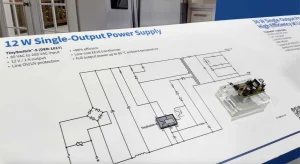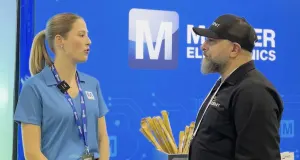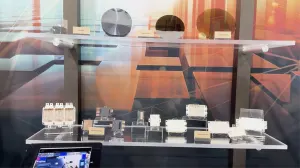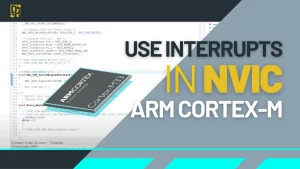Google’s Willow Quantum Chip: Unlocking the Future of Quantum Computing
Google’s Willow Quantum Chip: Unlocking the Future of Quantum Computing 
Google’s Willow quantum chip has revolutionized quantum computing, pushing boundaries and sparking questions about its connection to the multiverse. By leveraging advanced principles like superposition and entanglement, Willow performs calculations far beyond the reach of classical supercomputers, completing tasks in minutes that would otherwise take septillions of years.
Superposition allows qubits to exist in multiple states simultaneously, enabling Willow to explore countless possibilities at once and collapse into the most efficient solution. Meanwhile, entanglement ensures qubits remain interconnected, even across vast distances. Some interpretations of quantum mechanics suggest this could connect systems across alternate realities, enabling computational interactions at a scale previously unimaginable.
A standout feature of Willow is its quantum error correction, which reduces errors exponentially as more qubits are added. This capability stabilizes complex calculations, potentially paving the way for applications that span multiple states or realities.
If quantum chips like Willow could interact with parallel realities, the possibilities are groundbreaking. From solving complex medical problems to modeling ecosystems, the impact could redefine fields from physics to engineering. However, while these advancements align with the many-worlds interpretation of quantum mechanics, direct access to alternate realities remains speculative.
Google’s Willow chip represents a monumental leap forward, aligning quantum mechanics with practical computing potential. Whether we’re exploring the mysteries of the universe or unlocking unprecedented computational power, Willow is a glimpse into the future of engineering and technology.












